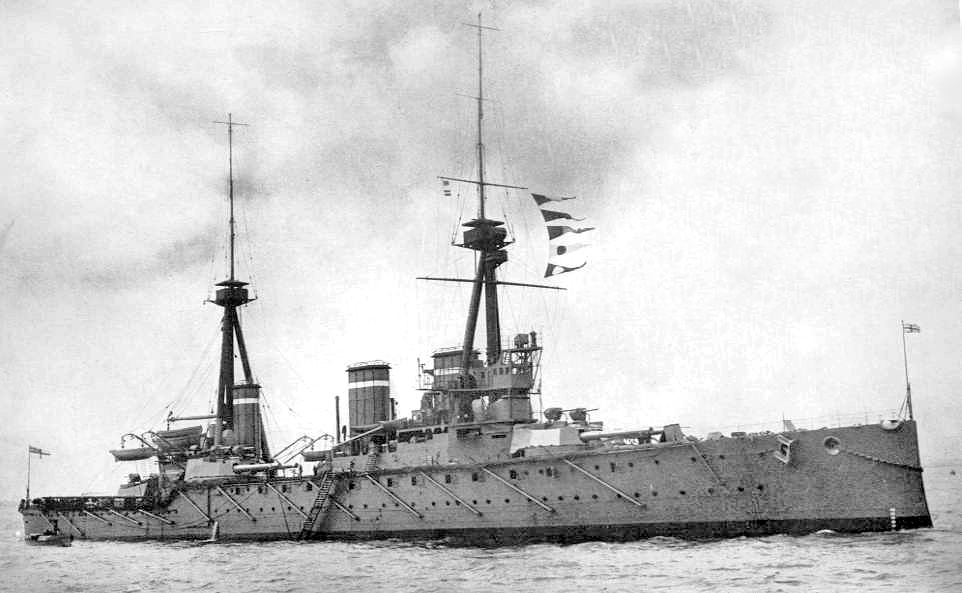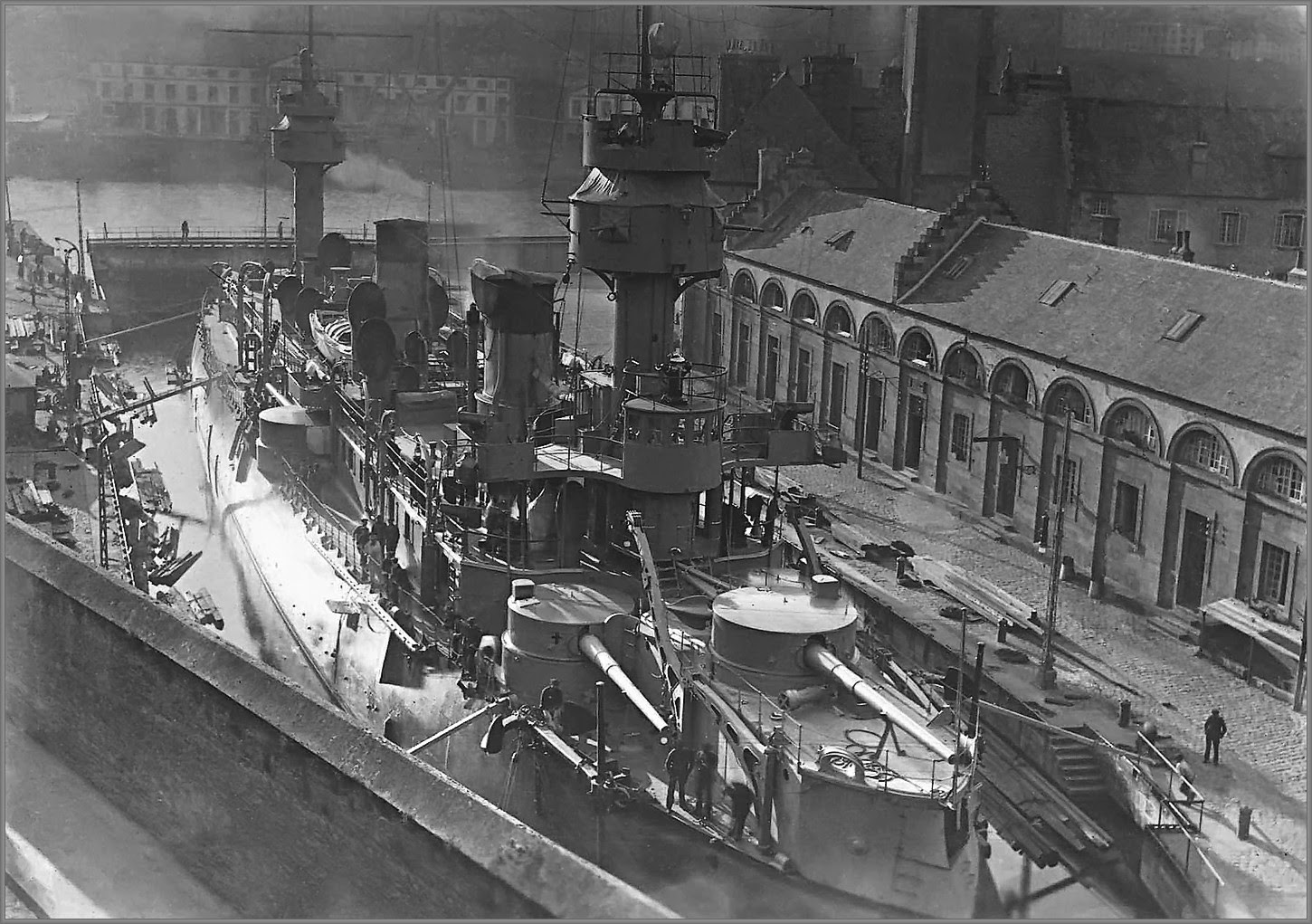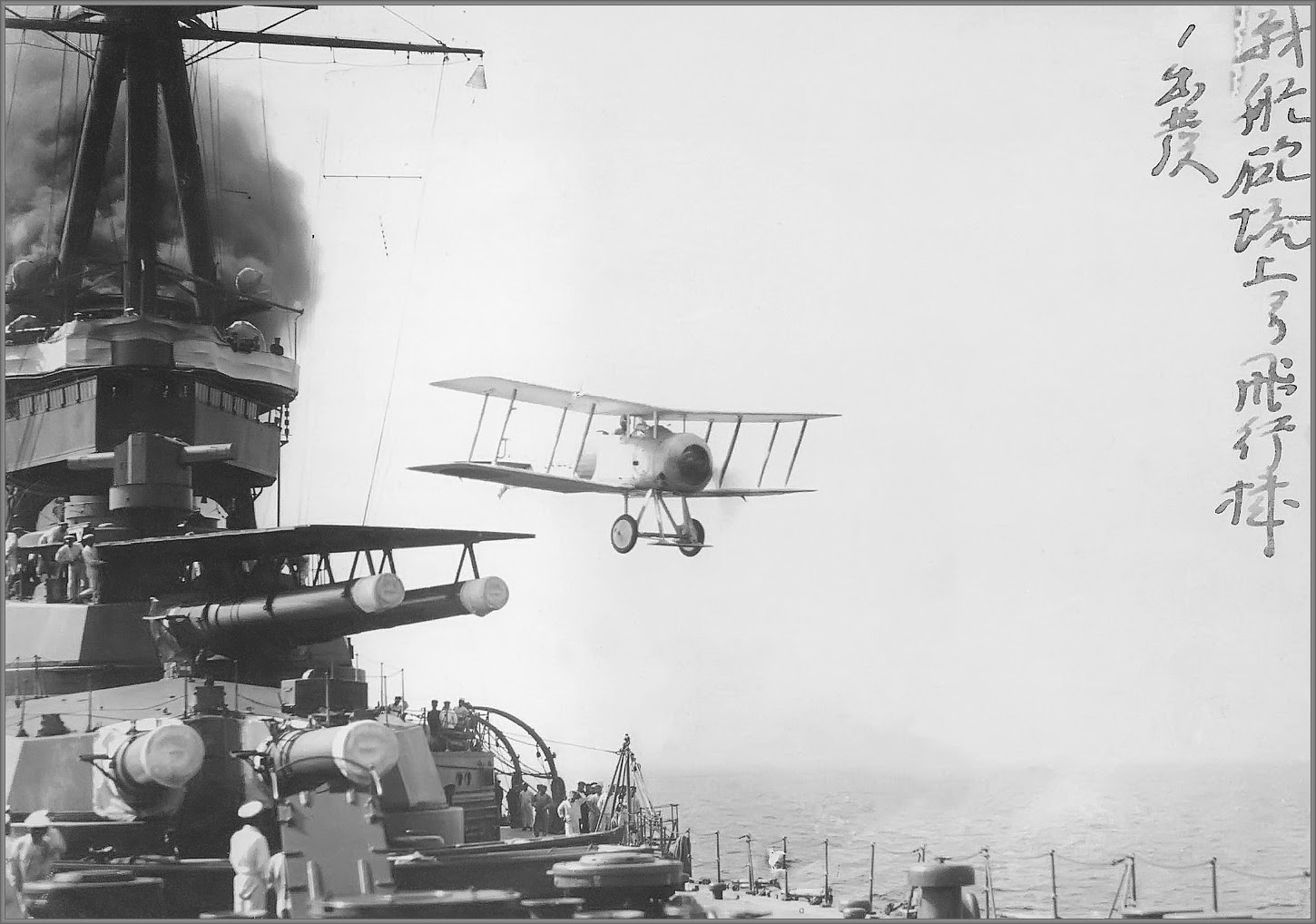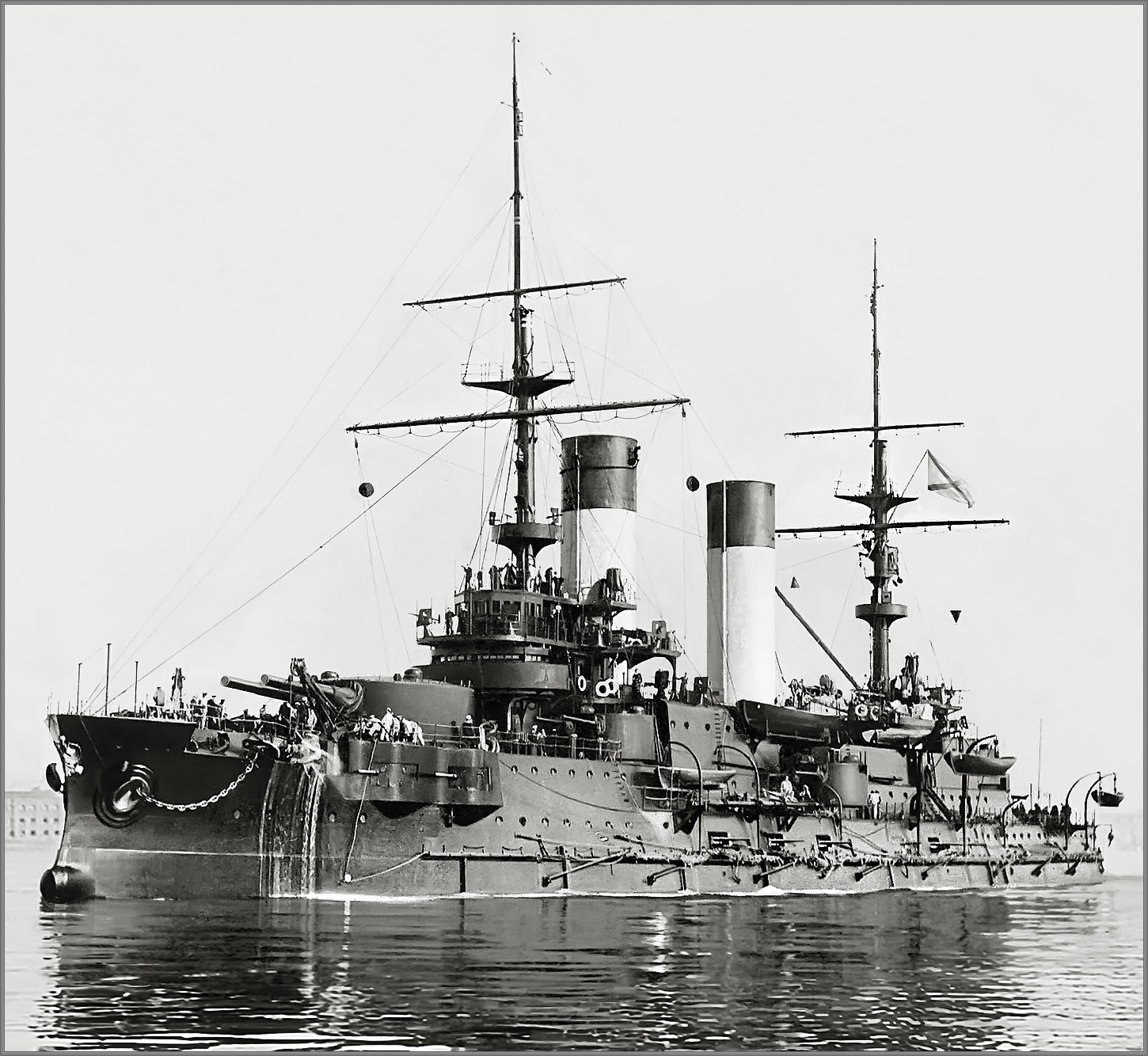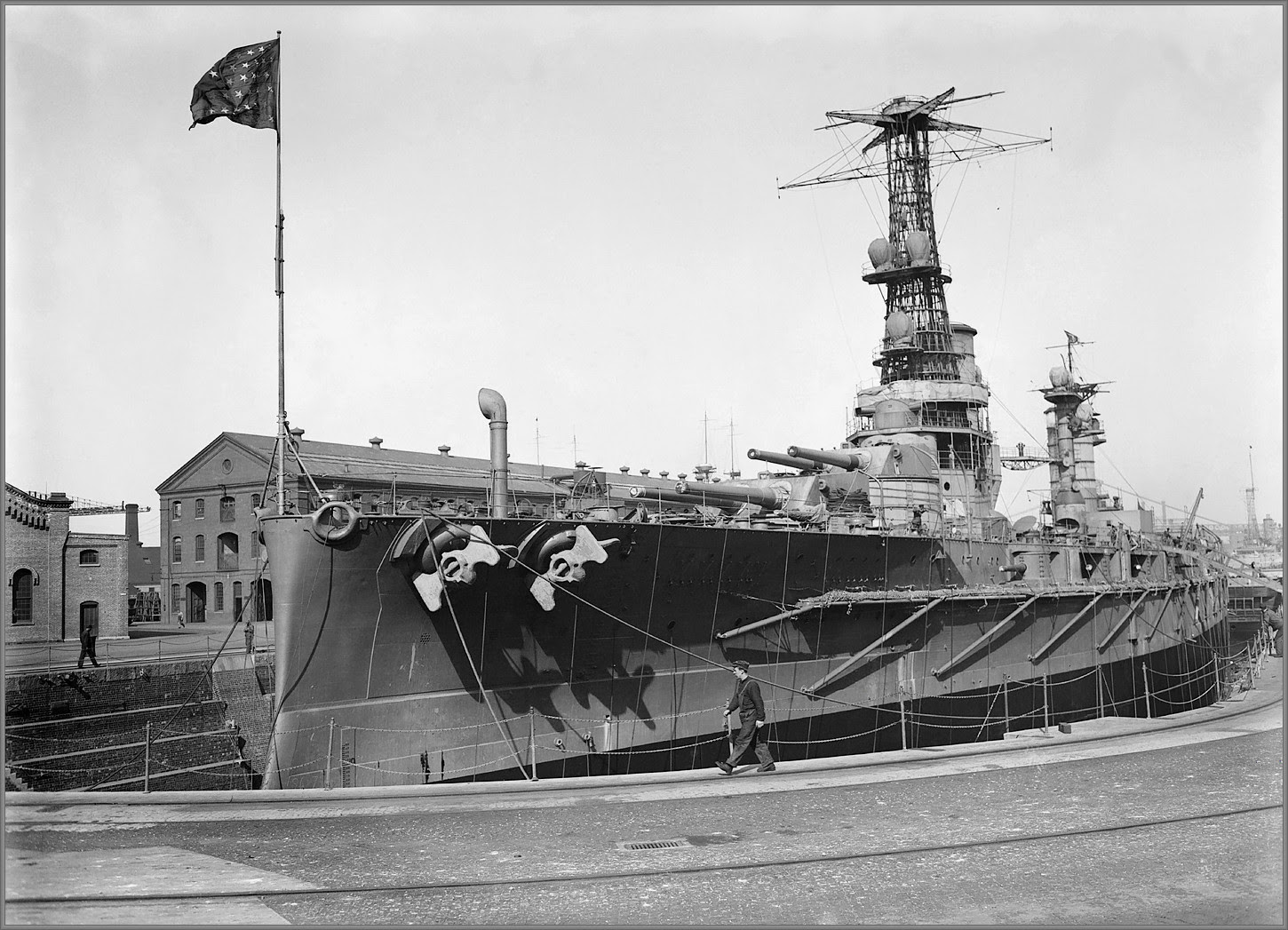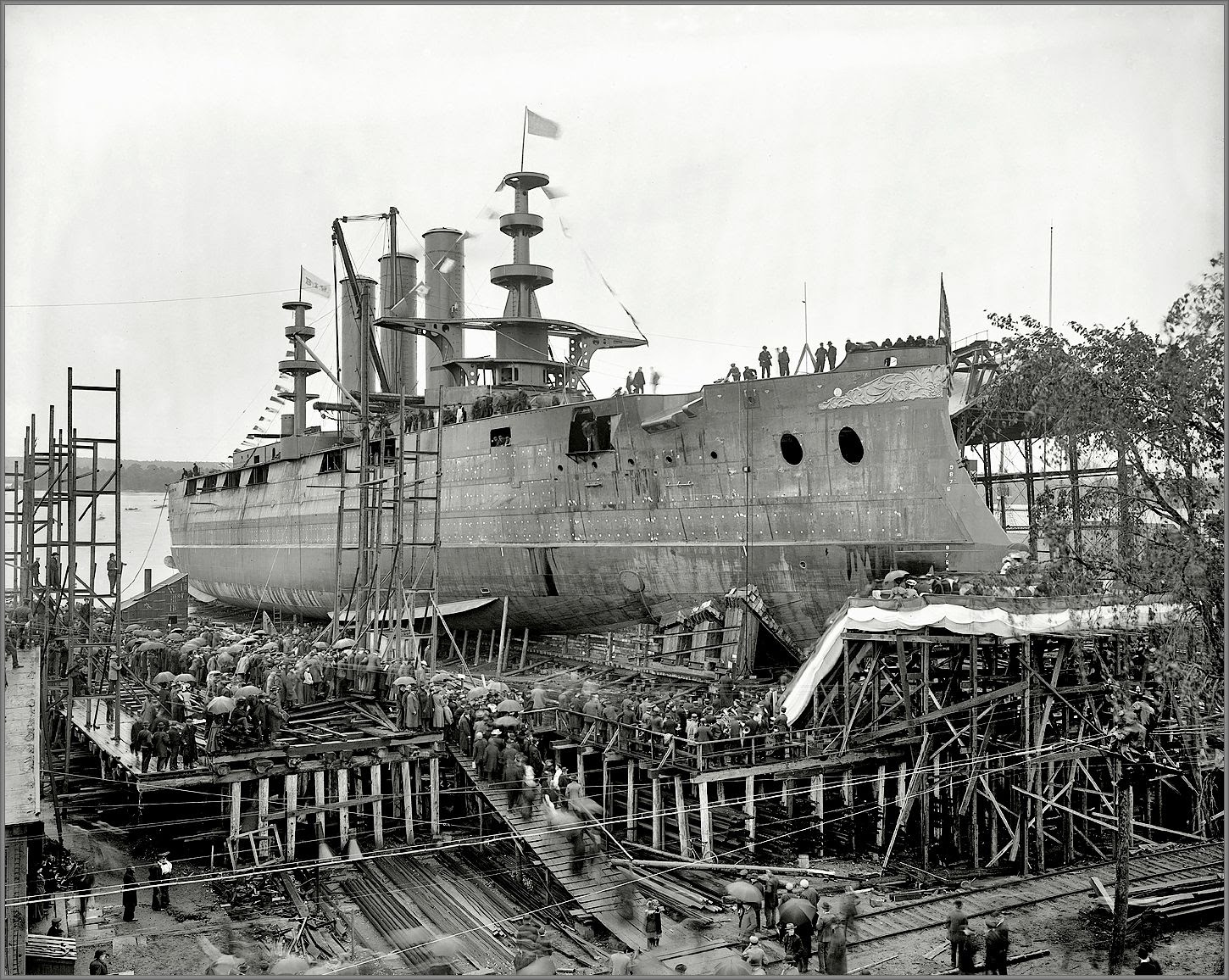https://www.youtube.com/watch?v=5pSiCjfhUUw
Armed with a main battery of twelve
30.5 cm (12.0 in) guns in four triple turrets,
Szent István was assigned to the 1st Battleship Division of the Austro-Hungarian Navy upon her commissioning. Alongside the other ships of her class, she was stationed out of the Austro-Hungarian naval base at
Pola.
Szent István's commissioning into the fleet came too late for her to participate in the
Bombardment of Ancona following Italy's declaration of war on Austria-Hungary in May 1915, and she saw little combat for the rest of the war due to the
Otranto Barrage, which prohibited the Austro-Hungarian Navy from leaving the Adriatic Sea.
In June 1918, in a bid to earn safer passage for German and Austro-Hungarian U-boats through the
Strait of Otranto, the Austro-Hungarian Navy attempted to break the Barrage with a major attack on the strait. This attack was to be spearheaded by all four ships of the
Tegetthoff class, but it was abandoned after
Szent István and her
sister ship,
Tegetthoff was attacked by Italian
motor torpedo boats on the morning of 10 June. While
Tegetthoff was unharmed during the attack,
Szent István was struck by two torpedoes launched from
MAS-15, capsizing roughly three hours later off the island of
Premuda. She is the only battleship whose sinking was filmed during World War I.
The wreck of
Szent István was located in the mid-1970s by the
Yugoslav Navy. She lies upside down at a depth of 66 metres (217 ft). Her bow broke off when it hit the seabed while the stern was still afloat, but is immediately adjacent to the rest of the heavily encrusted hull. She is a protected site of the Croatian Ministry of Culture.
